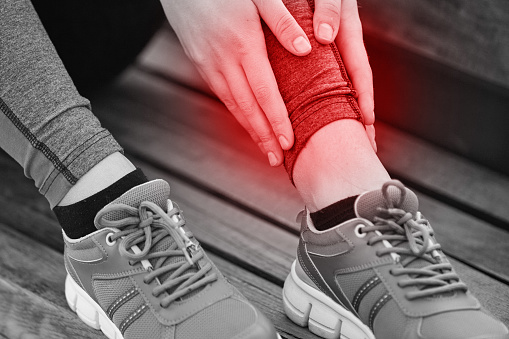We are all guilty of trying to push our bodies to their maximum potential when we exercise, after all, ‘no pain, no gain,’ right? Everyone needs to learn their body’s limits and how far they can go without causing an actual injury while exercising. Recognizing true pain instead of muscle stress or fatigue is the key to knowing when to stop.
The first step is preventative maintenance. Always start your routine with a gradual warm-up. The warm-up period should last between 10 to 15 minutes and the purpose is to loosen your muscles and slightly increase your heart rate to prepare your body for your workout. Typical warm-up techniques include slow walking into a casual jog, jumping rope, riding an exercise bike, or using a fitness rowing machine. Warming up will also help prevent pulled or torn muscles.
Now that you have completed your warm-up cycle it is time to stretch. Stretching after your warm-up will help keep muscles flexible, it will increase your range of motion by lengthening the muscles, and will also help to prevent joint and muscle injury. Once you have warmed up and stretched your muscles it is time to begin your workout. If you are new to working out, start slowly and never push yourself. Learn your comfort zones and strength before starting a vigorous routine.
Correct form, technique, and posture are extremely important for avoiding injuries. This is the next leading cause of pain after improper warm-ups and stretching. Never be afraid to ask questions of others around you. Seek out gym employees to train you to use each fitness machine while maintaining proper form.
After a strenuous exercise routine, it is important to have a cool-down period that can be similar to your warm-up period. The purpose is to gradually slow your heart rate back down over a 10 to 15-minute period. Once you have cooled down it can often be beneficial to stretch your muscles once again. Stretching at this point will help keep your muscles from tightening up after a workout.
Muscle soreness can be normal after a workout, especially a day after. However, if you ever begin to experience significant pain during a workout it is important to stop exercising immediately. If necessary, seek medical help. Learn to push yourself without overdoing it.

